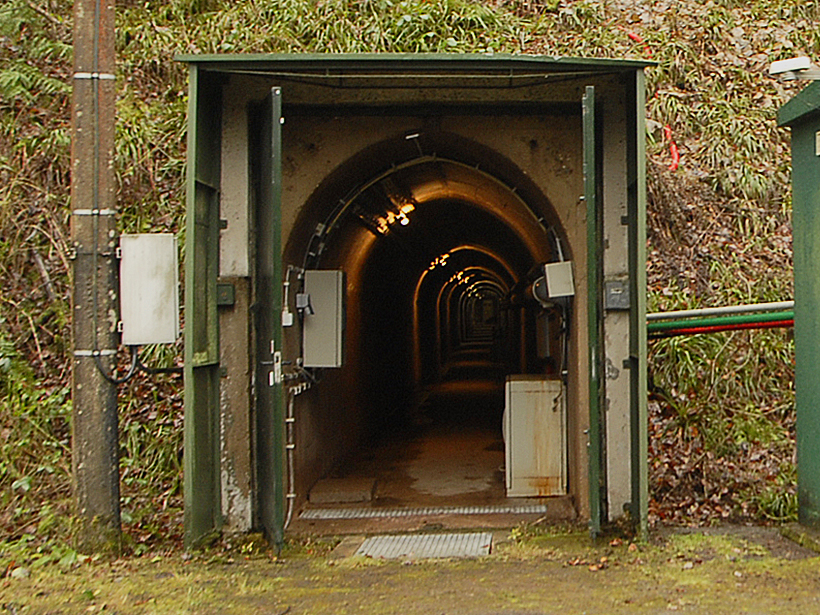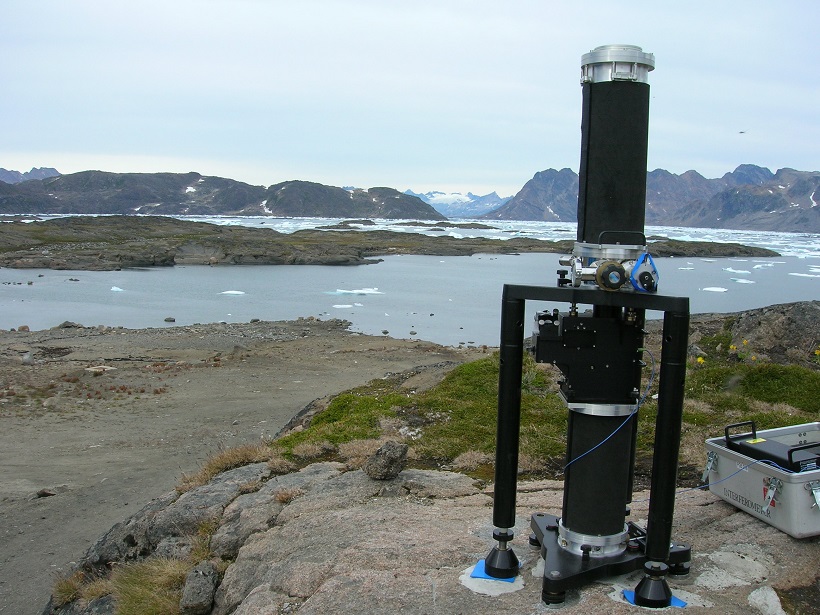Instruments at Belgium’s Membach geophysical station set a new record for monitoring gravitational fluctuations caused by storm surges, groundwater fluctuations, and the Moon’s tidal pull.
O. Francis
Posted inEditors' Vox
The Gravity of Geophysics
A recent article in Reviews of Geophysics examined terrestrial techniques for measuring changes in gravity over time and their application to the geosciences.


